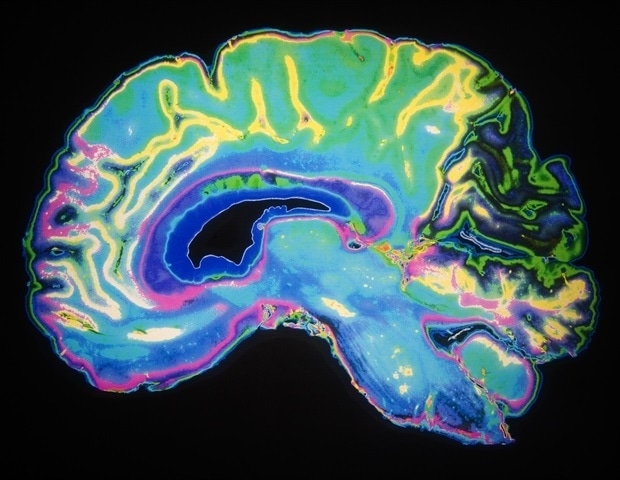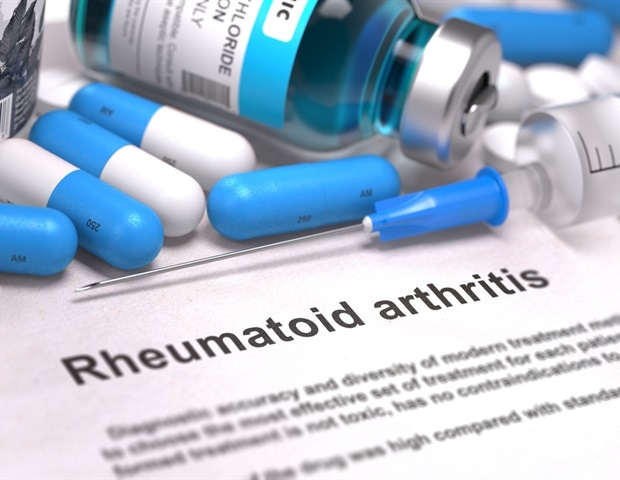Trauma — we hear the word quite commonly nowadays. You can experience trauma when the body reacts to anything that makes you feel unsafe. The problem with it is that it gets stored in the body, but most people try to resolve trauma by working exclusively on the mind and not enough on the body.
This can often bring feelings of shame and guilt, even anger with oneself for not being able to ‘get over it’. When I work with clients, I usually start with activities that can make their body feel safe again. Our brains are wired to keep us safe but are not always aware that what is making us feel unsafe either does not exist, or is no longer happening.

This is what we might call a trigger — something that causes you to feel unsafe. Unfortunately, this can make us feel confused as these reactions can have little to do with what is going on around us. Many years ago, I was playing a team game and had to guess a word while others were yelling to make it hard.
It was a friendly environment but the yelling scared me, my heart was thumping and I was crying. It felt like I had lost control of my body which made me feel ashamed. This is how many feel when triggered.
This is how the body reacts biologically to things that make it feel unsafe. This knowledge helped me to let go of a lot of shame. Some people might find themselves wanting to control every outcome, have racing thoughts and need things done now, while for others it can cause numbness and heaviness in the body and finding it difficult to focus.
These are the biological responses to trauma, this is how we were made to survive. Understanding this is a great first step. Trauma, toxic stress or difficult circumstances don’t get to dictate your life if you choose to do things differently.
We must begin with self-regulation. Once the body feels safe, it becomes possible to move out of the survival mode of brain into the thinking brain. This is where we can make good decisions rather than reacting to perceived threats.
This is also how we can move past events and evolve to become resilient. Post-traumatic growth is the transformation that happens after we create the feeling of safety in the body. It is building a strong connection with your body, learning to listen to yourself and finding joy and meaning in life.
I remember waking up in the past and just trying to get through the day. This journey is life-changing; it not only helps you form a closer relationship with yourself but also with others and helps you become more confident, create boundaries and make time for joy. This is one of the toughest journeys I’ve ever made, but it is entirely worthwhile.
This journey is personal and life-long. You can choose to keep working and healing or you can choose to heal and work on yourself — whatever works for you. The only thing to remember is to be patient and compassionate with yourself during the journey.
For a safe feeling Sit with back and neck supported by the back of a chair or a wall or lie down in a comfortable position. You can either close your eyes, or look at a spot just ahead of you. Try and remember the last time you felt safe in your body.
If this has not been the case, try and imagine what safety would feel like in your body. If this feels good, allow this feeling to grow so it might spread from the top of your head to the tips of your toes and the soles of your feet. Stay in this safe feeling for as long as you like, and when you're ready, slowly come back to the present.
Remember, this is a feeling you can come back to anytime. It is best to practice this often, as we create patterns with repetition. If you do this often even when you are safe, you are more likely to remember to do it when you are not.
— The writer is a trauma and resilience coach.
Health
How to heal after trauma
Trauma — we hear the word quite commonly nowadays. You can experience trauma when the body reacts to anything that makes you feel unsafe. The problem with it is that it gets stored in the body, but most people try to resolve trauma by working exclusively on the mind and not enough on the body. [...]















